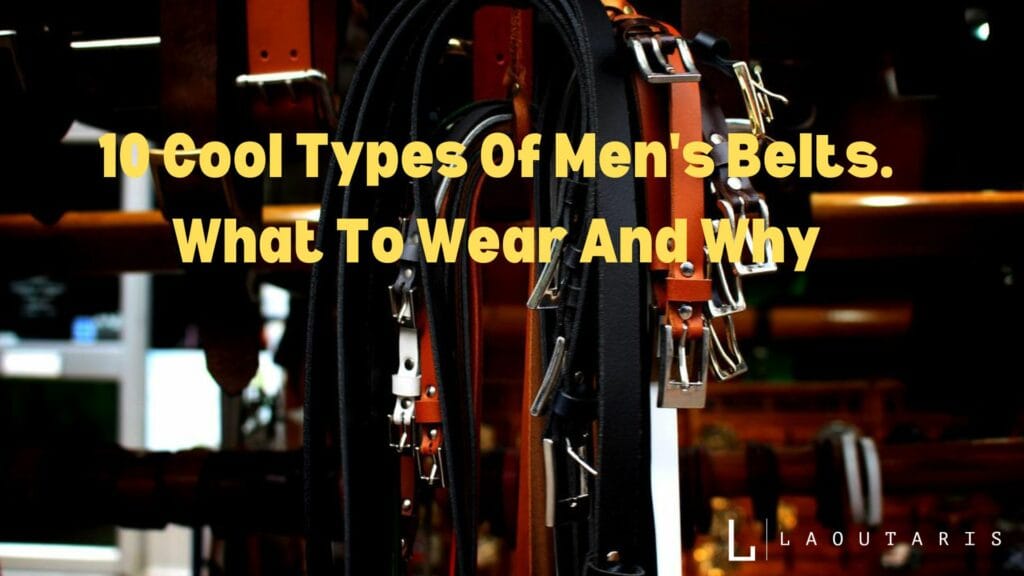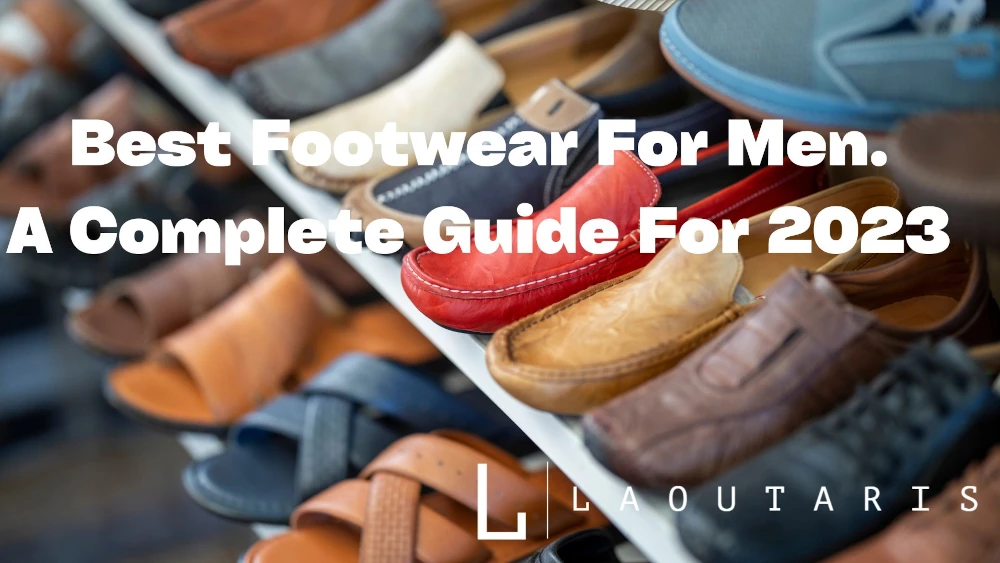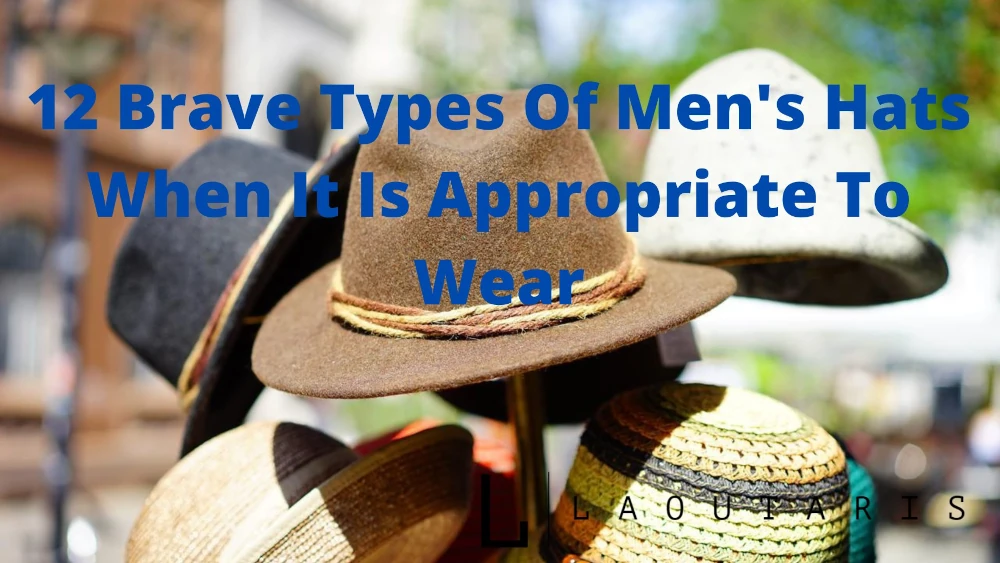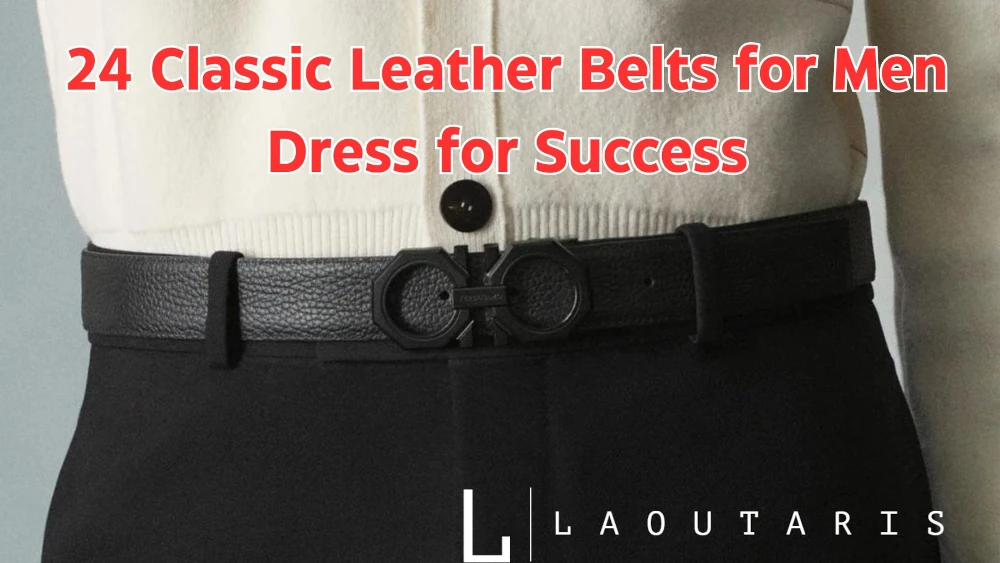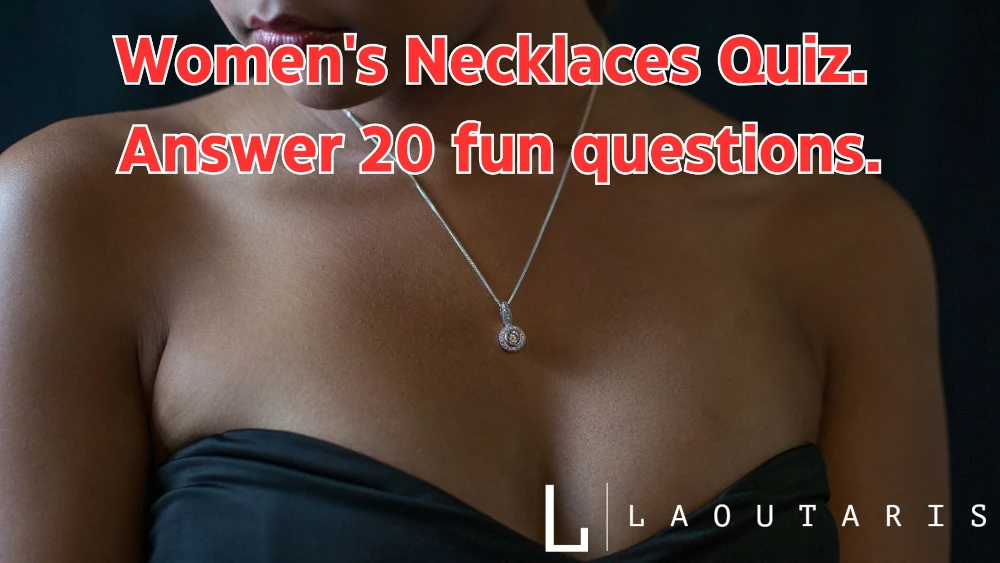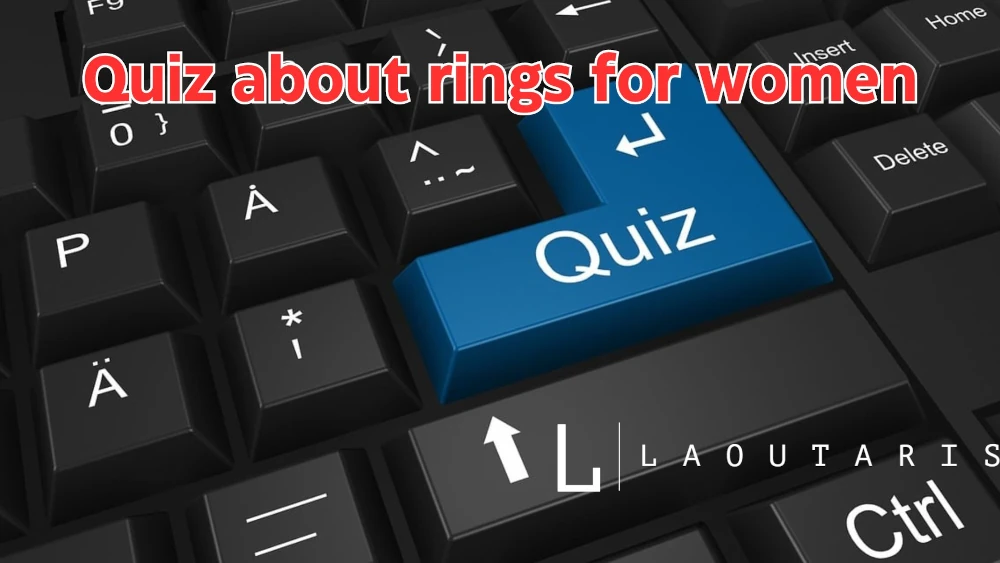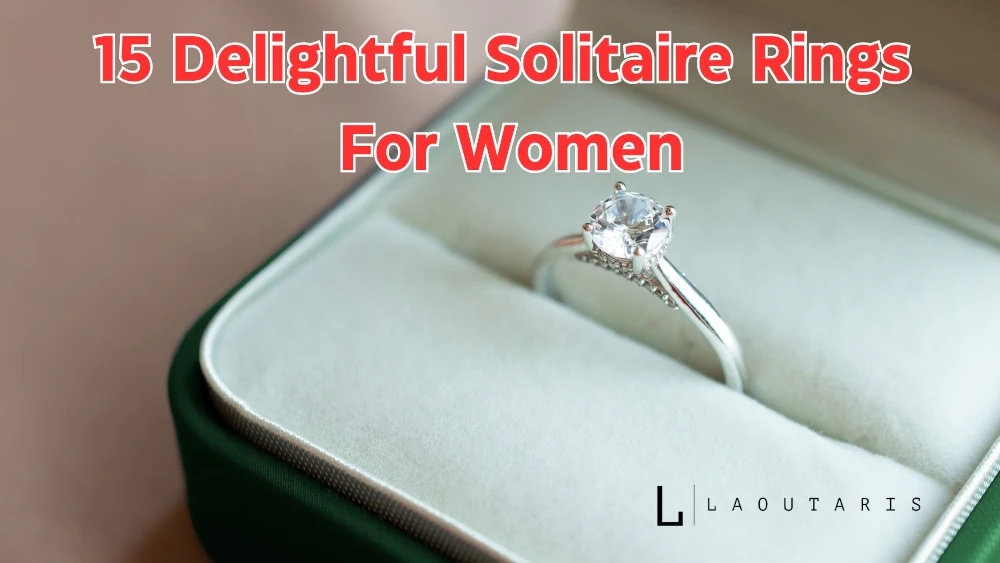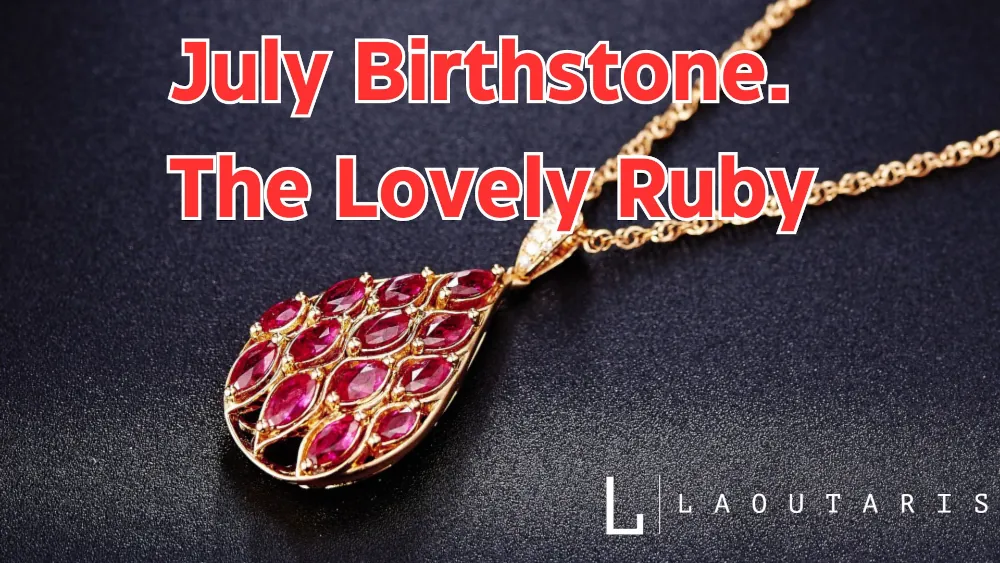This comprehensive guide covers how to shop for durable, quality leather belts for men, popular styles, expert tips for fit and coordination, care instructions, and style advice for matching belts to formal and casual outfits.
Table of Contents
The average reading time is 16 minutes. The article was last updated on 30/06/2024.
In this comprehensive guide, we’ll cover why every man needs a quality leather belt, characteristics to look for when shopping, popular styles to consider, care and maintenance tips, and guides on incorporating leather belts into various dress codes and outfits.
Why a Good Leather Belt is a Wardrobe Must-Have
Before we dive into the specifics of selecting suitable leather belts for men, let’s explore why this classic accessory is a vital wardrobe investment for every man.
Unmatched Durability
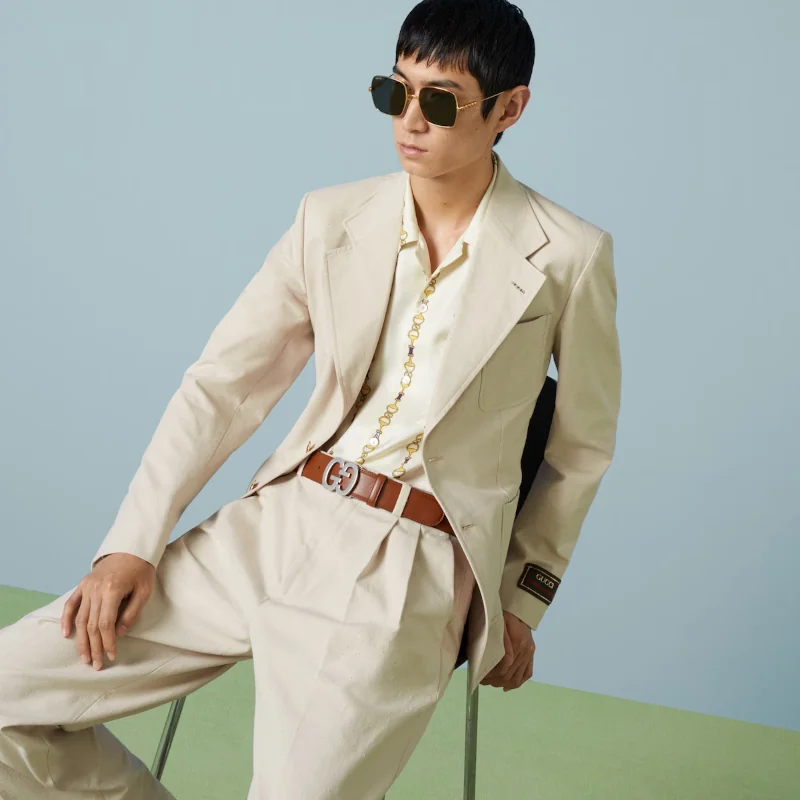
Check out this Gucci buckle wide-quality leather belt here.
Properly maintained, a high-quality full-grain leather belt can easily last 5-10 years of regular wear, often developing a unique patina and character over time. Leather’s inherent durability and ability to mold to the wearer’s shape offer unparalleled longevity compared to rickety fabric belts. This durability translates to exceptional value from a cost-per-use perspective.
Versatility for Any Occasion
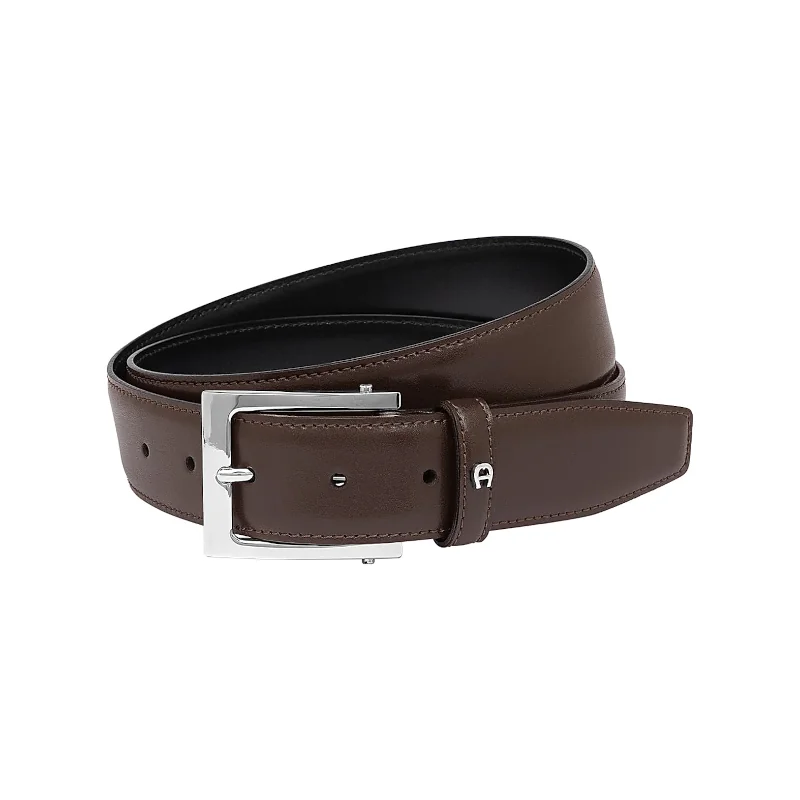
Check out this Business 3.5 cm leather belt here.
A classic leather belt in a neutral brown or black tone provides tremendous styling versatility. It can be dressed up for work or special occasions with dress pants and a blazer. Yet it transitions effortlessly to a casual aesthetic paired with jeans on the weekends. This versatility allows a good leather belt to integrate seamlessly into any wardrobe.
Elevates Any Outfit
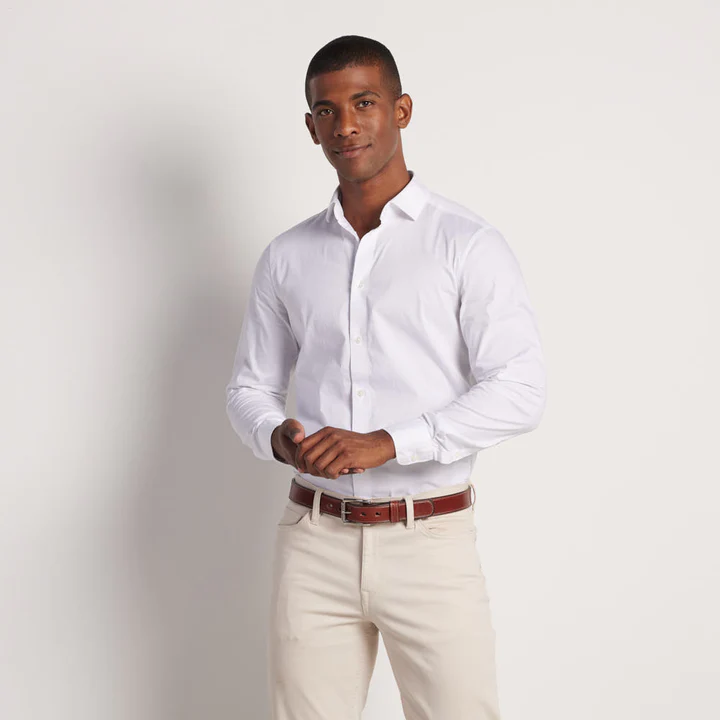
Check out this 100-year warranty leather belt here.
Sharp leather belts for men always take an outfit up a notch. It provides definition and structure to the waist area, preventing the unsightly shirt-blousing and sloppiness of pants with no belt. Beyond just hoisting up pants, a leather belt makes a bold stylistic statement. It provides visual interest and contrast to shirts and knits paired on top.
Comfort & Customized Fit
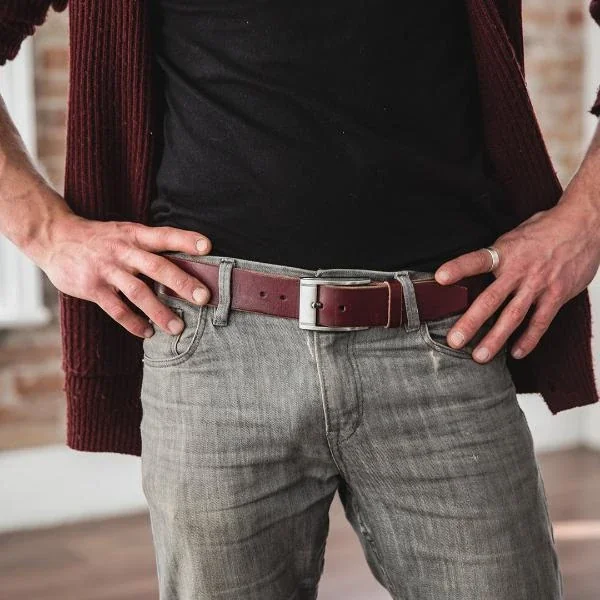
Check out this Casual burgundy leather belt here.
Quality leather softens substantially with wear, molding comfortably to the contours of the wearer’s waist and hips. The classic style of perforated sizing holes allows the belt to be customized and adjusted for snugness or looseness. This combination of softened leather and adjustable fit culminates in a belt that’s uniquely molded to you.
Makes a Strong Style Statement
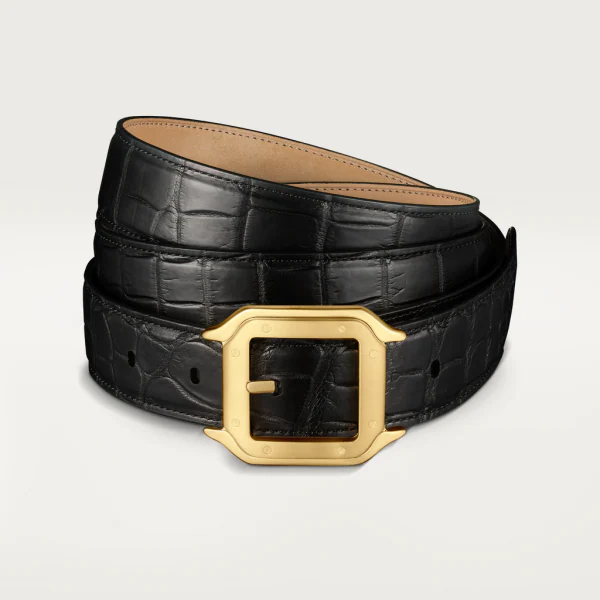
Check out this Cartier black crocodile leather belt here.
Beyond the practical benefits, a significant belt allows men to express their signature style. The leather finish, hardware buckle choices, and incorporation of decorative touches like contrast stitching or exotic textures make a subtle style statement. A good belt reflects personality and polish.
Characteristics of a Quality Leather Belt
All leather belts are not made equal. Cheap, fast-fashion split leather belts and flimsy hardware will inevitably crack and warp with minimal wear. So what sets apart a belt built to last decade after decade? Here are the key indicators of structural integrity and quality craftsmanship.
Top-Grade Leather Belt Choices
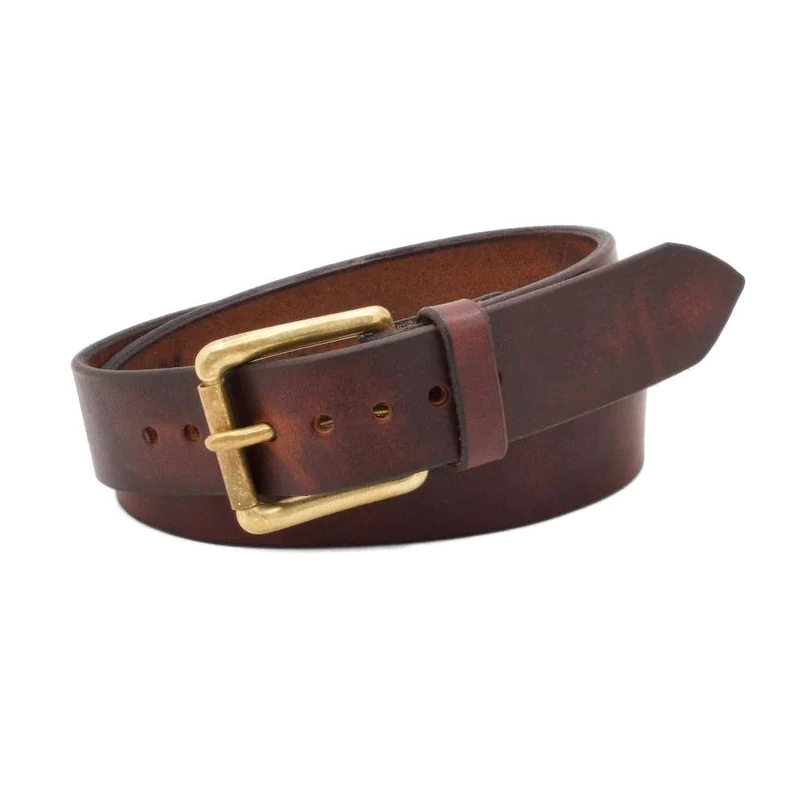
Check out this Classic grain leather belt with a 20-year warranty here.
- Full-grain leather – This is leather in its purest form. It retains all the hide’s natural grain, resulting in evolving beauty and character. Full-grain leather belts will last the longest. They also accept conditioning better.
- Top Grain Leather – This takes the quality of full-grain leather and sands it for a more uniform appearance. Whole grain strikes a balance of durability and aesthetics.
- Corrugated or Split Leather – Made from the interior layers of a blemished hide. It is far less durable with an unattractive pebbled texture. Avoid belts.
Some exotic leathers like alligator and ostrich also make incredibly durable statement belt options.
Belt Thickness

Check out this Old Bull Leather Belt here.
Thicker leather better retains its shape and resists sagging or creasing. Look for a minimum 3-5mm thickness, up to 7mm, for an extra durable belt.
Anything under 3mm risks stretching permanently. Test flexibility – quality full-grain leather still has some natural suppleness despite the thickness.
Reinforced Stitching

Check out this Nautica Double-Stitch Leather Belt here.
Examine the stitching closely for tightness, spacing, and interior reinforcement. Both edge and interior riveted stitching should be taut, even without loose sections that could fray or pull apart.
Double stitching is ideal for strength. Sturdy thread-like waxed polyester minimizes the chance of breakage. Stitching holes should also be carefully punched, not ragged.
Study Belt Hardware
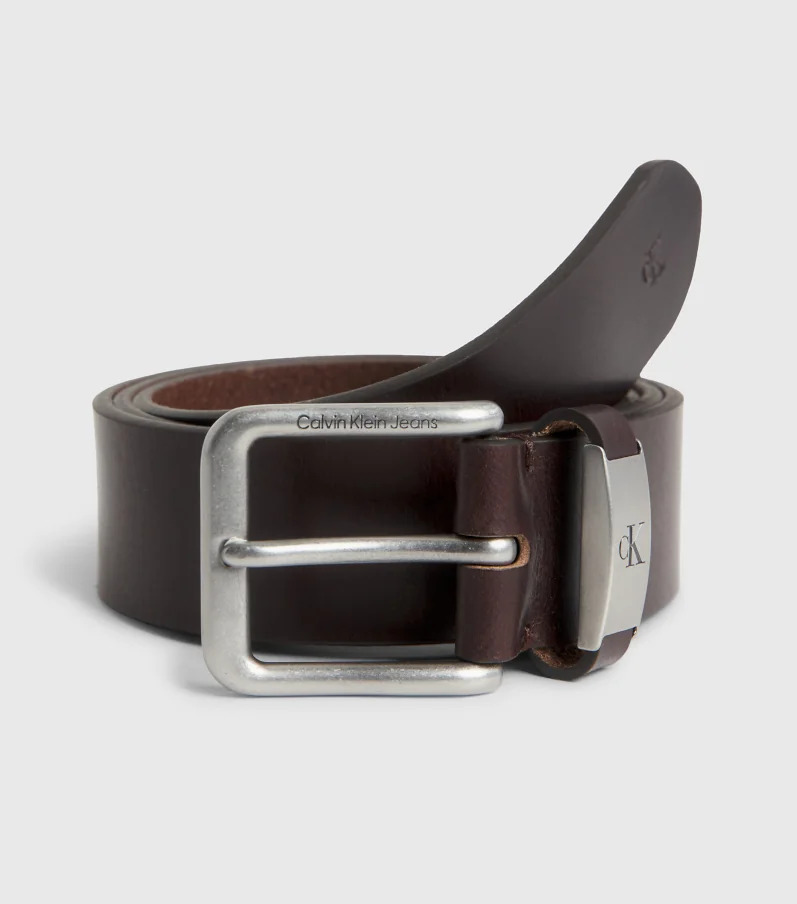
Check out this Calvin Klein leather belt here.
Small hardware elements have an outsized impact on functionality, from the buckle to belt loops to the pin.
- Buckle – Solid brass, zinc alloy, stainless steel, and iron buckles have the heft and durability for lifelong wear. Nickel and silver finishes maintain their luster longest. The tongue of the clasp should rotate and pivot smoothly.
- Rivets – Rust-proof metal rivets reinforce stitching and allow adjustment of billet size. 5-7 sizable clips should be spaced 2-3 inches apart around the waist strap.
- Tip Pin – A fixed or removable tip pin neatly finishes off the belt’s loose end after fastening. It should have a secure closure.
Comfortable Width
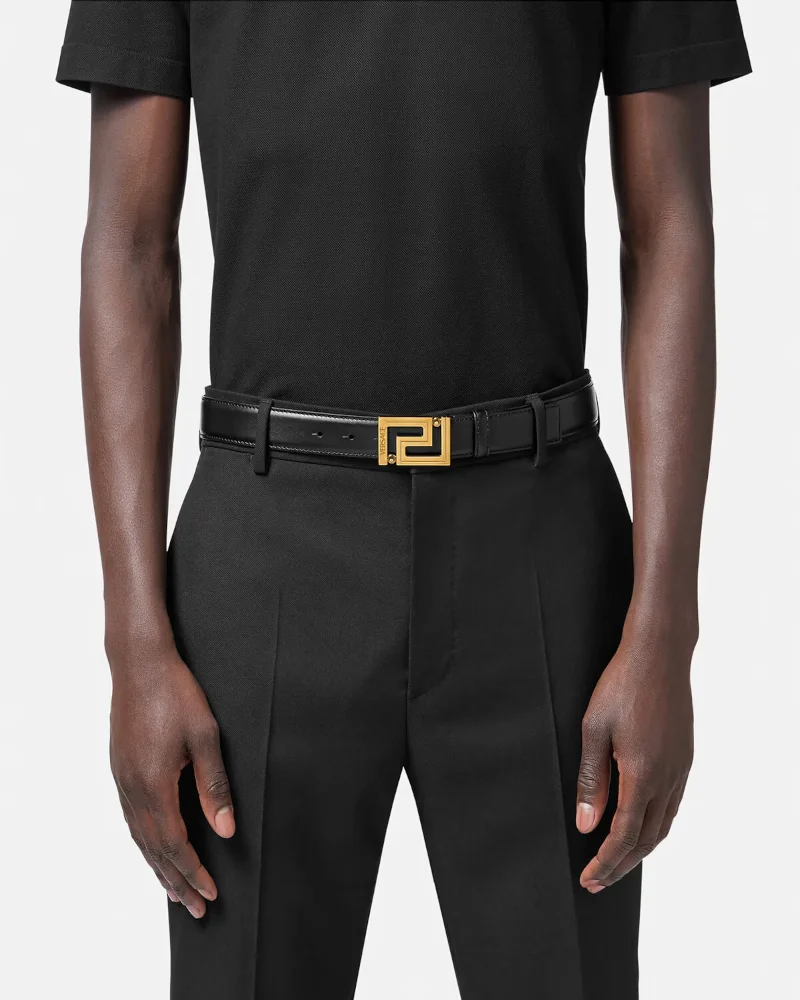
Check out this Versace Greca leather belt here.
Too narrow, and the belt may dig uncomfortably into the waist. Too broad overlaps pant loops awkwardly. Generally, 1.25-1.5 inches offers the best balance of comfort and visual proportions. Wider belts up to 1.75 inches suit bigger guys.
Precise, Customized Fit
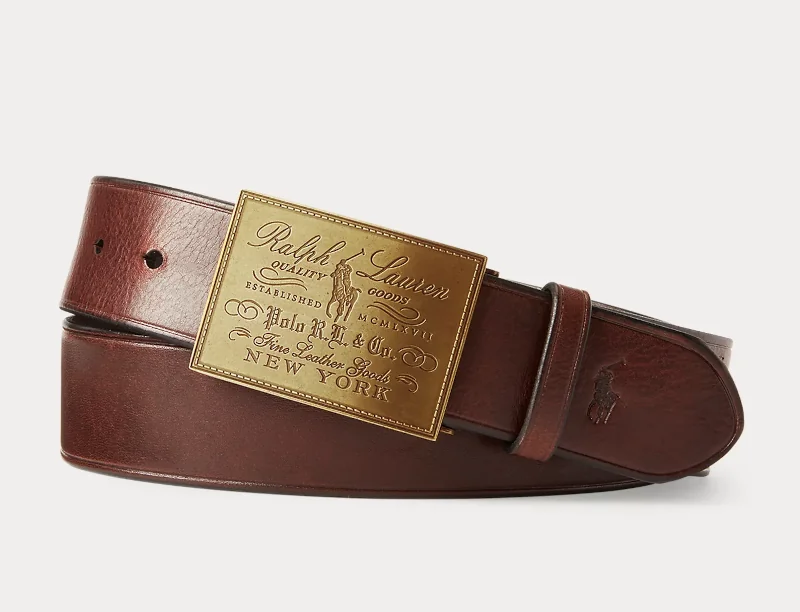
Check out this Ralph Lauen Heritage buckle leather belt here.
You should try the belt on in person—size up about 2 inches over your pant waist size to allow comfortable fastening. Slide the buckle to a middle setting, then test tighter and looser adjustments to optimize fit. The belt should be snug when closed but not pinching at any hole. Leave a half inch or more of extra billet overlapping.
This combination of ideal width plus fully customized fit ensures your belt distributes pressure comfortably without restrictive squeezing.
Most Classic and Popular Leather Belts for Men
Now that we’ve covered how to identify superbly crafted leather belts built to last let’s explore some of the most classic and popular belt style options to consider:
Simple Black or Brown
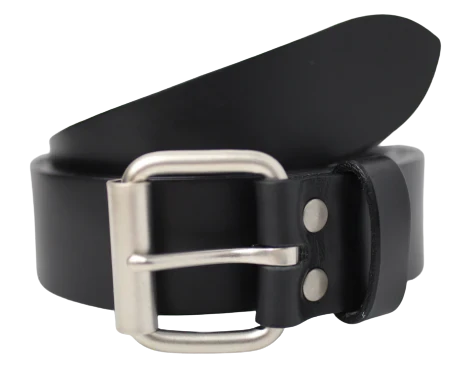
Check out this Classic Leather Belt on 100% Real Italian Grain Leather here.
A primary belt in rich black or brown leather offers maximum versatility. It’s the first leather belt most men should invest in, elegantly completing casual and dressy looks. Stick with a clean, minimalist buckle in nickel, silver, or brass tones. A matte finish looks more refined than shiny for versatile wear.
Braided Leather Belt
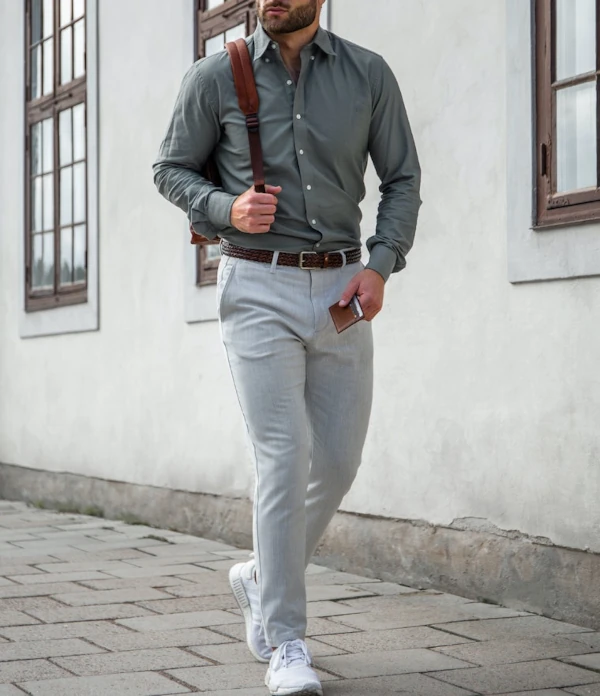
Check out this high-quality vegetable-tanned leather with a braided texture here.
Braided leather belts for men add subtle textural intrigue to an otherwise essential accessory. The leather sections are braided or woven together and finished with a sleek metal buckle. The braiding provides nuance and visual interest while remaining stylish and masculine. These look particularly sharp with casual attire.
Textured and Patterned Leathers
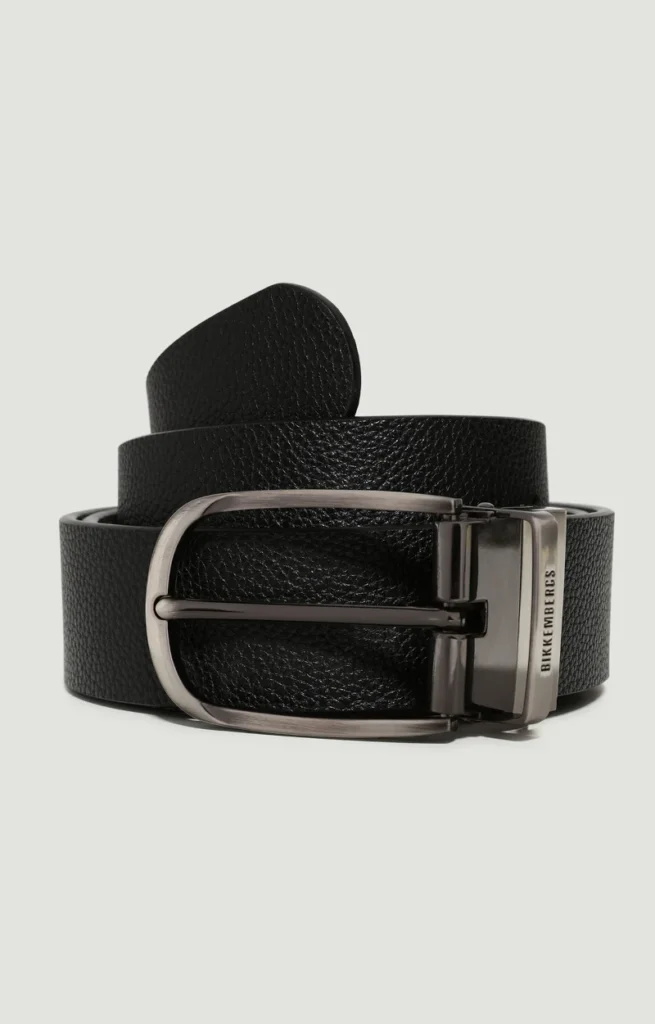
Check out this black textured leather belt here.
Leather sourced from crocodile, lizard, stingray, or ostrich hides inherently have distinct natural patterns and textures pressed into the leather. These make for unique statement belts bolder than smooth leather. Another option is leather stamped or embossed with various basketweaves, floral, or abstract figured patterns and textures.
Reversible Leather Belts

Check out this Montblanc reversible brown/black leather belt here.
An intelligent hybrid option is a reversible leather belt with contrasting colors on either side, typically brown and black. This allows you to alternate colors for different occasions or outfits without switching out straps. It can also camouflage scuff marks better since you rotate sides.
Exotic Leather Belts for men
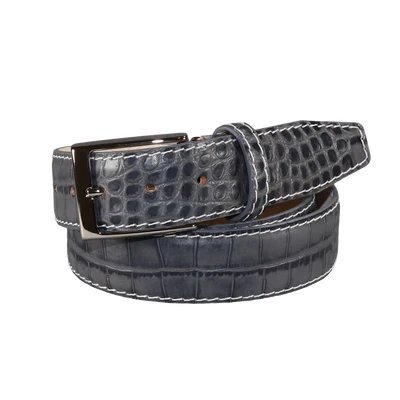
Check out this Alligator leather belt here.
For those who want a unique statement piece, consider leather sourced from alligator, ostrich, lizard, stingray, or other exotic hides. These leathers have distinctive natural patterning and stand out vividly. An exotic leather belt makes any outfit pop while retaining a refined, sophisticated style.
Distressed and Antiqued Finishes
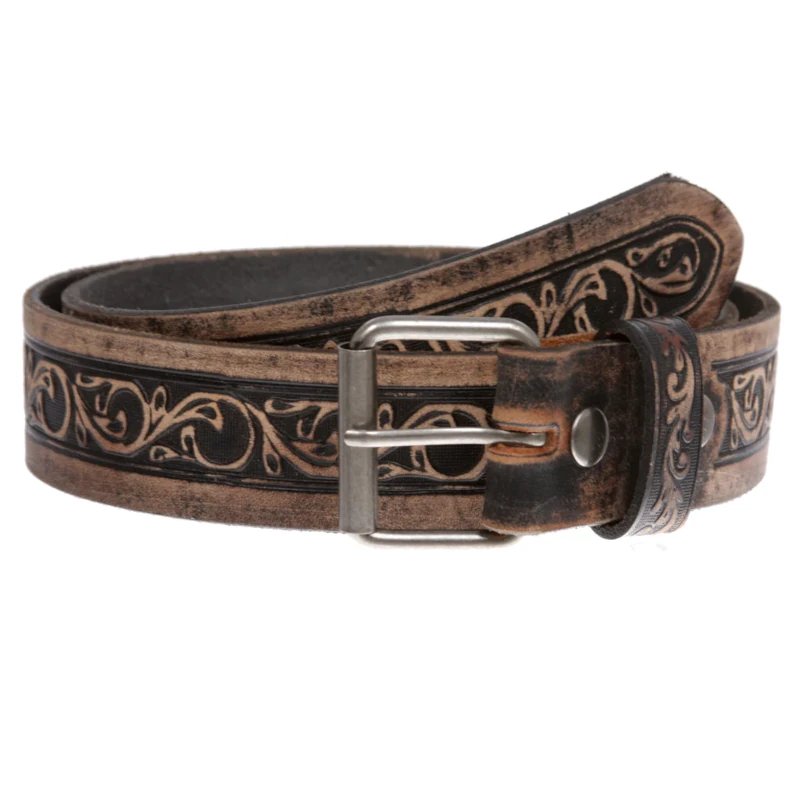
Check out this Two-Tone Embossed Detailing Sanding Soft Hand Vintage Cowhide Leather Belt here.
Both smooth leather and exotic hides can be artificially distressed or antiqued for a worn-in, rugged look straight from the get-go. Think light scuff marks, superficial cracks, and subtle stains that emulate a vintage, well-loved belt. This imparts character and pairs well with casual, outdoorsy attire.
Western Styles
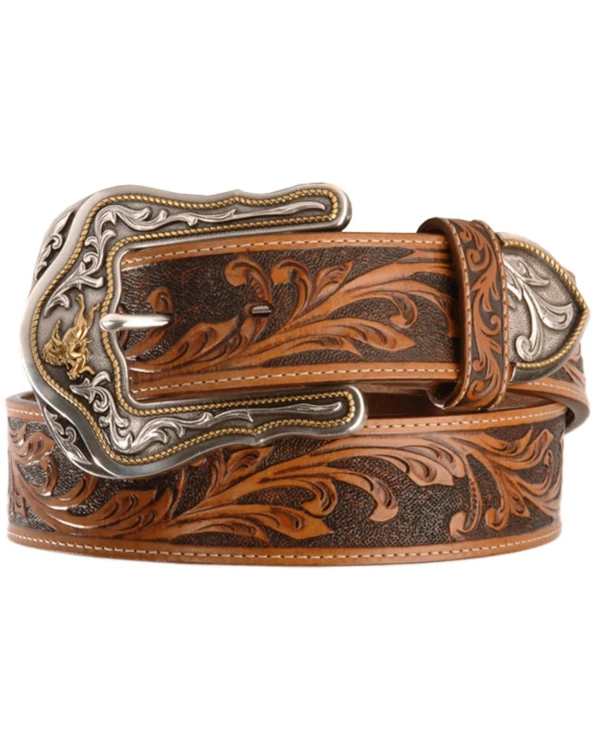
Check out this western leather belt here.
For a cowboy flair, a tooled leather belt has decorative swirls, floral motifs, wildlife scenes, or geometric patterns etched into the leather surface. These ornate designs make them perfect for pairing with jeans, boots, and Western shirts.
Expert Tips for Selecting the Perfect Leather Belts for Men
You now have a solid foundational understanding of what makes a quality leather belt and the abundant stylistic options. Here are some essential expert tips to keep in mind while shopping to ensure you select your ideal leather belt:
- Carefully inspect and feel the leather firsthand if possible. Quality leather has a substantial, hardy feel and pleasing texture. Watch for defects, blemishes, or cracks that compromise durability.
- Match belt and shoe colors for a sophisticated head-to-toe look. Contrasting shades can work for casual outfits but coordinate similar tones for dressy occasions.
- Mind the details. Little touches like contrast stitching, unique perforation shapes, or custom Graphics add interest.
- Try belts on in person and test different size notches. Proper fit should hover between snug enough when latched and leaving just enough extra billet to fit another notch comfortably.
- Shop at dedicated leather stores and leather artisans for the best selection. Boutique retailers also offer well-crafted, unique options not found at department stores.
- For exotic hides like ostrich leg leather or alligator, determine if they are sustainably sourced. Some luxury brands use responsibly harvested materials.
- Consider custom leatherwork for a belt tailored to your specifications and personalized with custom engraving.
- Cost often aligns closely with quality for leather belts. Paying more for premium materials and meticulous craftsmanship is a worthwhile investment that pays dividends in excellent durability and longevity.
These tips make searching for that perfect quality leather belt far less hit-or-miss. Taking your time to find just the right style, fit, and look pays off significantly.
Caring for and Maintaining Your Leather Belt
So, you’ve found your ideal quality leather belt. Learn how to care for it properly so it develops a handsome patina and stays structurally sound for years of daily use:
Storage
- Roll rather than fold when not wearing to avoid harsh creasing and cracking along the same lines. Hang wide belts on a belt hanger or peg.
- Condition leather before any long-term storage and keep it away from direct sunlight and heat sources, which accelerate drying.
- Avoid hanging belts in bathrooms or anywhere with humidity extremes that damage leather.
Cleaning
- Stick with a simple water-dampened soft cloth for elemental surface dust and dirt. Avoid soaking leather.
- For deeper cleaning, use a small amount of gentle leather soap on a cloth 1-2 times yearly. Rinse residue.
- Spot clean oil, grease, or ink stains gently. Never machine wash or bleach leather.
Conditioning
- Apply leather conditioner or oil every six months to restore moisture and suppleness. Rub into the entire surface and edges.
- Use leather wax polish more sparingly, as buildup diminishes the leather’s breathability.
- Avoid silicone or acrylic-based products, which harm leather with prolonged use.
Avoiding Damage
- Pull belts straight through loops to minimize creasing and wear on fold lines.
- Store properly hung or rolled when possible to retain shape.
- Be cautious wearing leather belts with rough denim or abrasive surfaces that may scratch.
- Let the leather dry fully between wears and before conditioning or polishing.
Following these care tips keeps your quality leather belt looking pristine year after year while developing a desirable patina.
When It’s Time to Replace a Well-Worn Belt
With proper maintenance, a quality leather belt should deliver 5+ years of sturdy wear, often much longer. But only the product lasts for a while. Signs that indicate it’s time to retire a leather belt include:
- Fraying, peeling, or cracked leather at flex points like folds. Once the finish cracks, the belt risks falling apart quickly.
- Bending and shape distorted permanently out of round. Leather can only turn and rebound so many times before losing elasticity.
- Size no longer fits due to weight fluctuations. Pin holes wear out, and new ones distort leather.
- Loosening at buckle; no tension when closed. It could indicate stretched leather or malfunctioning hardware.
- Loss of structural rigidity; floppy or sagging profile. The belt is no longer performing its job, cinching pants.
- Visible grime buildup in leather grain despite cleaning attempts. At this point, beat-up leather undermines the polished look.
The lifespan varies substantially based on initial belt quality, frequency worn, and care. But once any of the above issues emerge, it’s time to shop for a replacement.
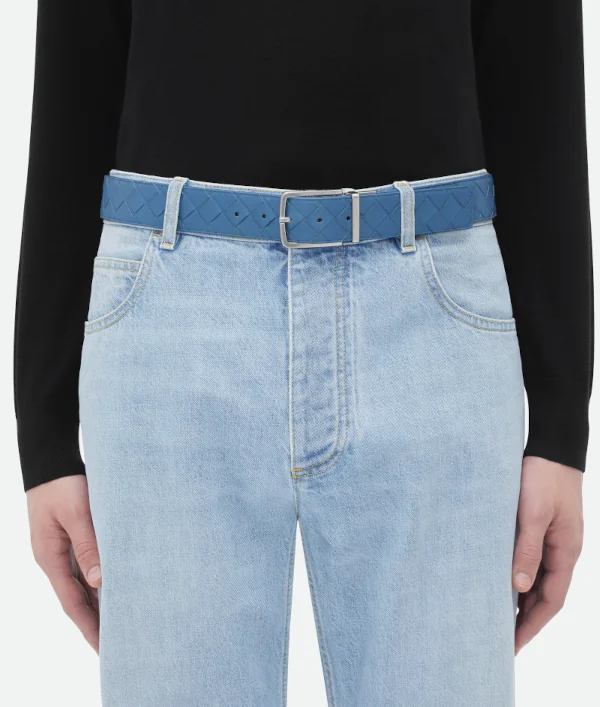
Check out this Bottega-Veneta reversible belt here.
An occasional belt replacement every 2-5 years to refresh your style is reasonable. But for the environmental and economic benefits, ideally, we want to maximize use before the landfill. Finding that perfect quality leather belt you genuinely bond with helps motivate the care required to make it last extra long.
How to Wear and Style Leather Belts for Men
Now for the fun part – tips and guidelines on incorporating leather belts into various dress codes and outfits. Follow these rules, and you’ll always look put together.
Matching Leather Belt and Shoes
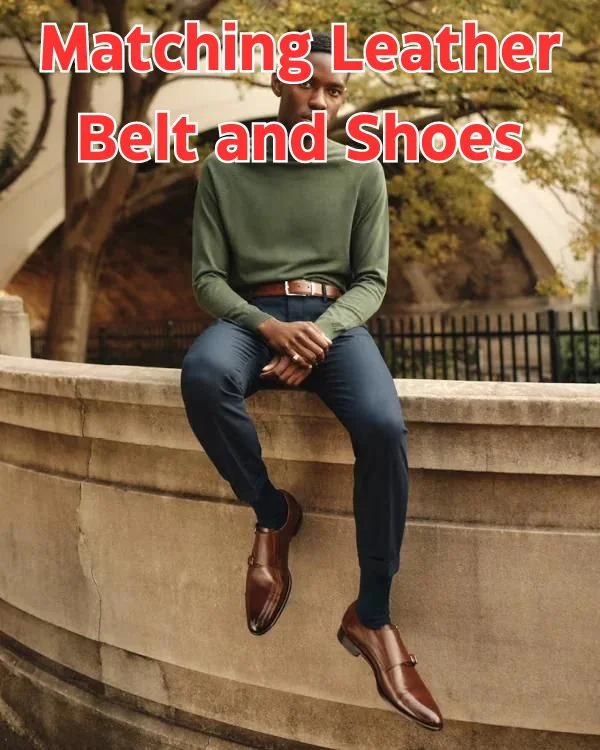
As a foundational guideline, your belt leather color should match the leather color of your shoe upper closest. It’s not an identical match – some contrast in shade is pleasing. But keep them in the same color family, such as brown or black.
If shoes have two types of leather, coordinate the belt with the darker or more prominent leather piece. For casual sneakers, echo any leather trim or accents.
This simple coordination ensures a polished, pulled-together aesthetic where the outfit flows visually from top to bottom. Mixing blacks and browns carelessly looks sloppy.
Formal and Business Attire
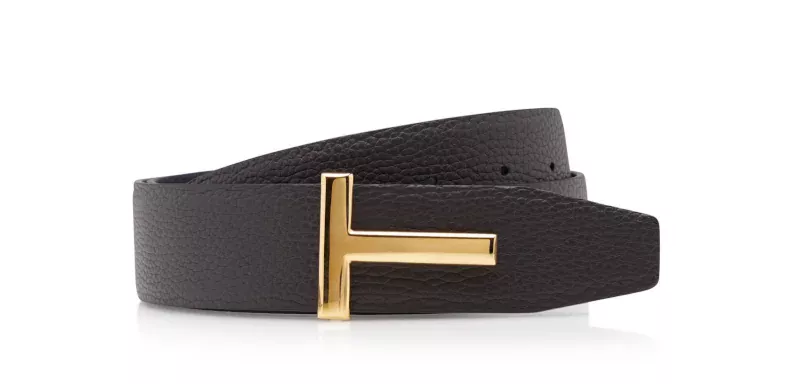
Check out this Tom Ford soft grain leather T Icon leather belt here.
A primary solid black or brown belt is ideal for formal business suits. The conservative color keeps the look refined when paired with dress pants, dress shoes, a button-down, and a blazer or suit jacket.
A matte or lightly distressed finish adds texture while remaining sophisticated. Shiny dress belts come off overly slick with professional attire.
Echo the formality with a polished silver or brass buckle. Clean lines and a simple rectangular shape maintain the refined aesthetic.
Get the fit right – snug but not tight. You want some give for comfort sitting long hours at an office.
Smart Casual Style

Check out this Hugo Boss casual leather belt here.
The “smart casual” dress code offers more flexibility for stylistic personalization through your belt choice. Here, bolder buckles, contrast stitching, exotic leathers, or varied textures transition seamlessly from work happy hours to weekend plans.
Brown leather belts feel most fitting for a bright, casual style. They pair effortlessly with suede bucks, chukkas, or your favorite broken-in brogues.
Still, limit overtly ornate belt embellishments – save the bold rodeo belt buckles for full-on casual wear.
Braided, woven, or canvas-mixed leather smart belts work here. Mix up shades of brown rather than basic black for visual interest. Just stick with sleek metal hardware.
Casual and Weekend Attire
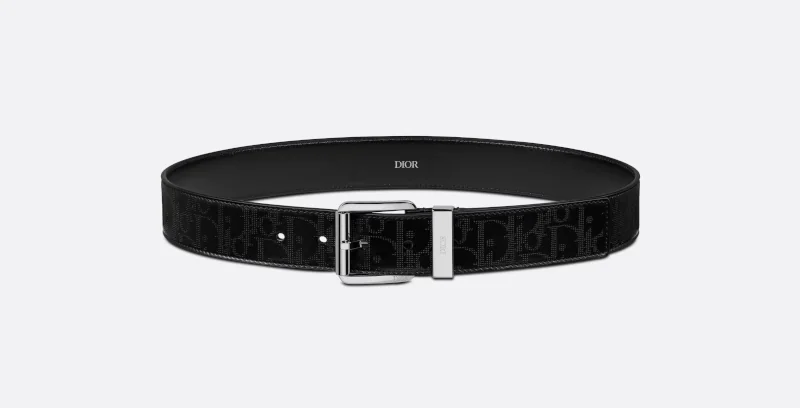
Check out this Black Dior Oblique Galaxy Leather Belt here.
Casual clothes on weekends are the prime opportunity to show off unique statement belts that express your personality.
More textured leathers, distressing, ornate concho studs along the strap, and intricate oversized buckles embellish basic denim or khakis.
For casual wear, well-crafted quality leather belts with character marks like scarring and grain variation develop intrigue and a great backstory over time.
Contrast stitching, hand tooling, inlay designs, and cut-out details turn belts into conversation pieces.
Pair the ornate leatherwork with thick cuffed denim, untucked plaids or chambray shirts, textured knit cardigans, and suede boots.
Black Tie Formal Events
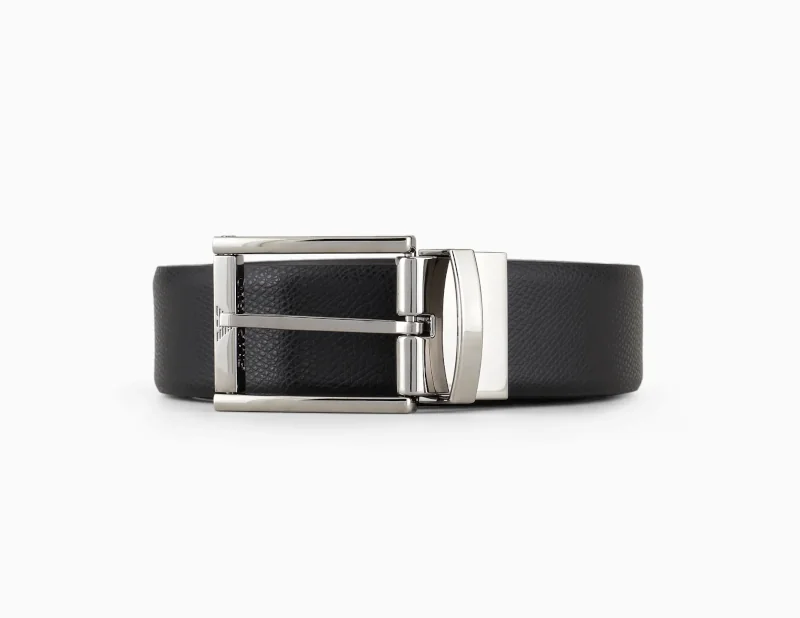
Check out this Emporio Armani reversible leather belt here.
Keep your quality leather belt elegant, simple, and highly polished for the pinnacle formalwear occasion. A black leather belt perfectly matches black tuxedo pants and patent leather dress shoes.
The slender width of your cummerbund overlaps the waistband, obscuring the belt for the most part. Thus, the belt remains understated – a textured matte black leather strap with a silver rectangular buckle.
Allow the bow tie, cufflinks, and other black tie accents to occupy the spotlight. Your belt plays a subtle supporting role, keeping pants aligned and waist seam smooth.

Pashalis Laoutaris
Fashion Blogger
I am a professional writer, fashion blogger, and owner of the site https://laoutaris.com. As a salesperson for more than 20 years, I have experience of 10 years in the fashion industry. I consider myself a true fashionista. I am writing daily blog articles about fashion, tools and converters, and everything you need to know about the current fashion trends.
Share this article
Our Latest Articles
Laoutaris Recommends
